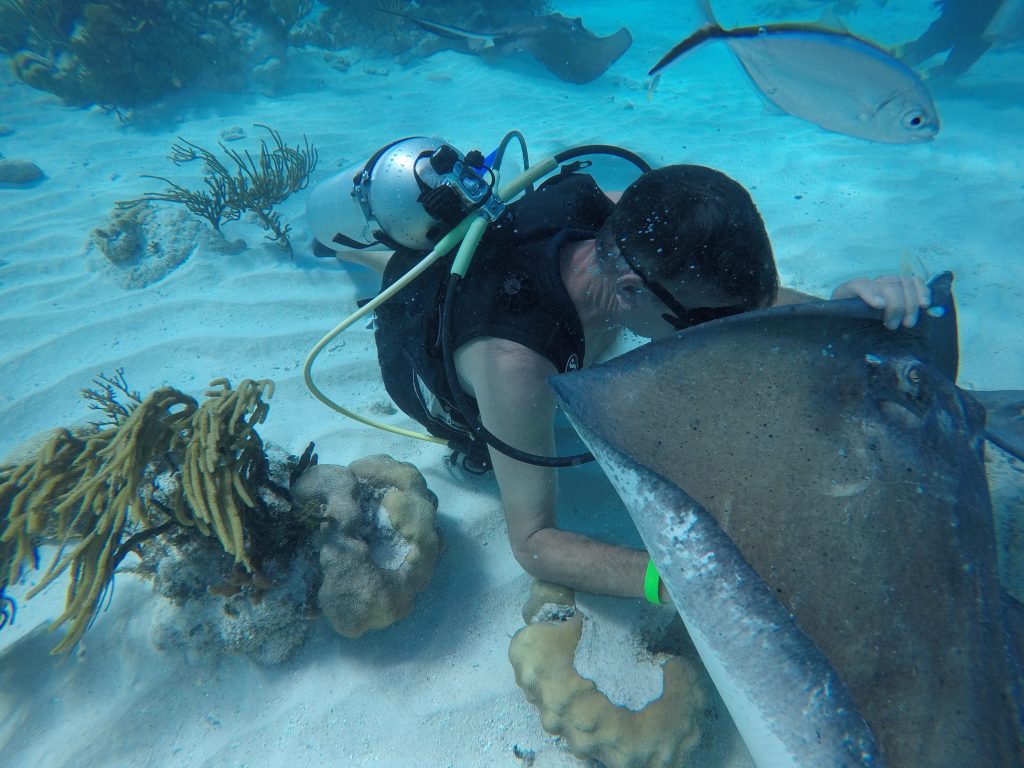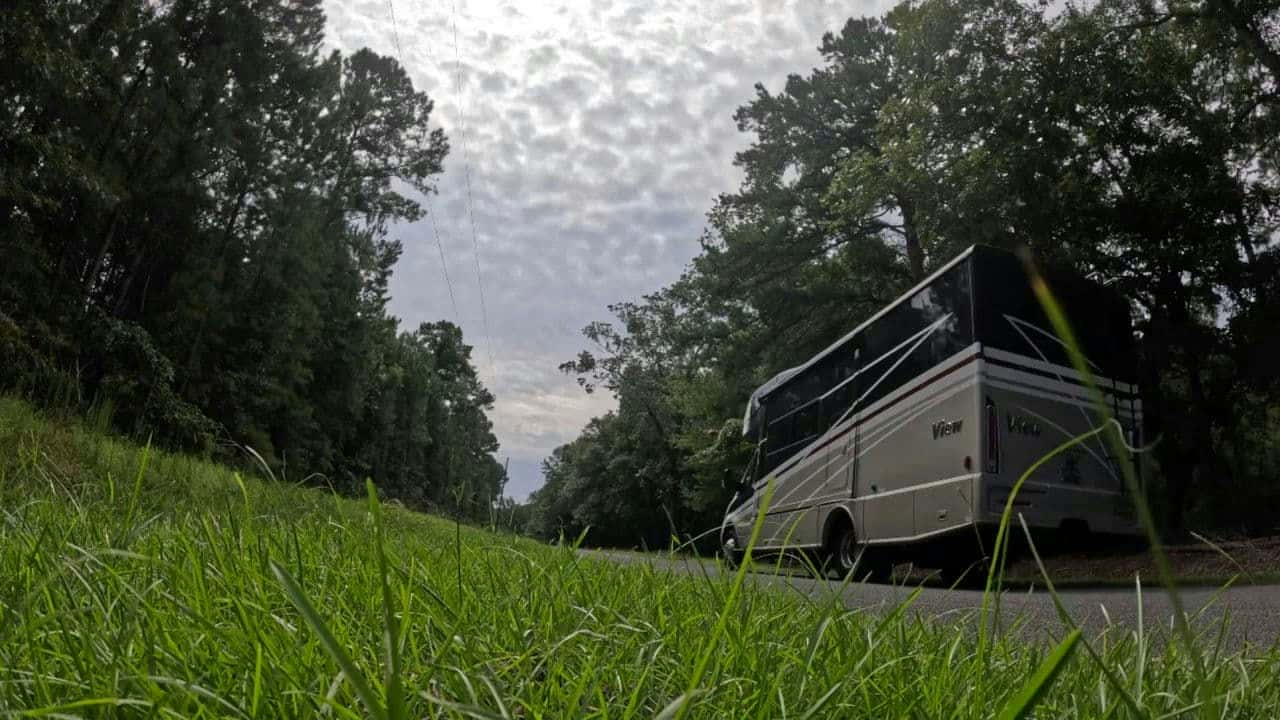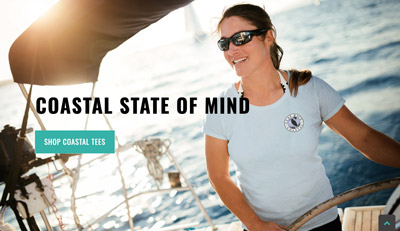How does it really look?
A huge part of my job as a silhouette artist is field study. I come from a family of outdoor people, and very young in life, was taught not to fear animals and wildlife, but to have a very healthy respect for them.
My grandfather knew wildlife well, routinely caught gators and snakes and sat in deer stands to study the habits of the creatures that often became the subjects of his silhouettes. The well-known marine artist, Guy Harvey, jumps in the ocean with 1,000 pound black marlin, in order to take pictures of, and understand better the animal that he is about to paint.
As an artist, whether in the field, or cutting silhouettes of children in a store, I constantly ask myself, “how does my subject really look?”. When I catch a redfish or a trout, I try to study the scales, (and yes, the color) how the fish moves, the eyes, and the small details . The fur of a fox or a raccoon, the antlers of a big buck, and the muscle tone all come into play. I use these small details when I do commission work for collectors, as well as illustrations for my children’s books.

Feeding the stingrays in Grand Cayman
On a recent scuba diving trip to Grand Cayman, my son Connor and I were able to get up close and personal with some local sea life. We dove with southern stingrays. What I remember most is their beautiful yellow eyes, and their graceful wings. I am logging that into memory for a future silhouette. Attention to small details when cutting out a child’s silhouette profile make a big difference. I try to go beyond just getting the features perfect. Facial expression is what I focus on. When I trained myself to do this, I found that I was able to not only capture what the child looks like, but also their personality.




